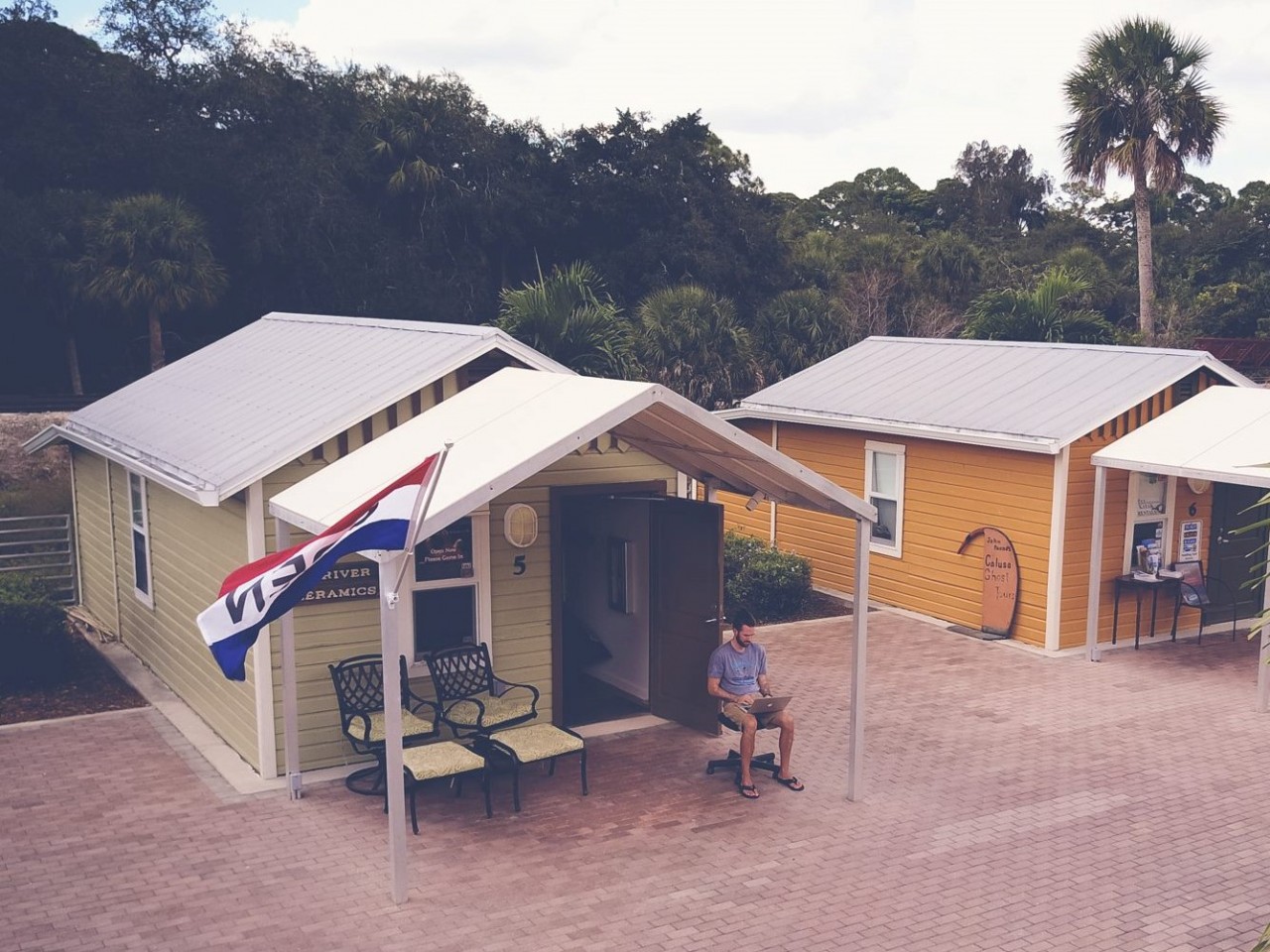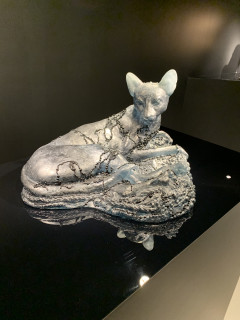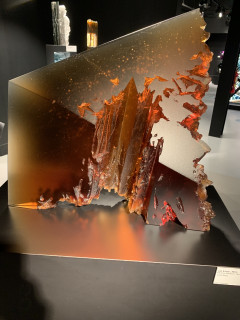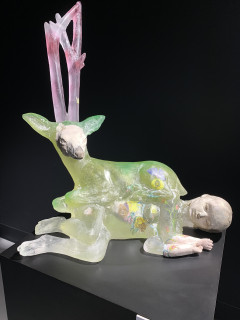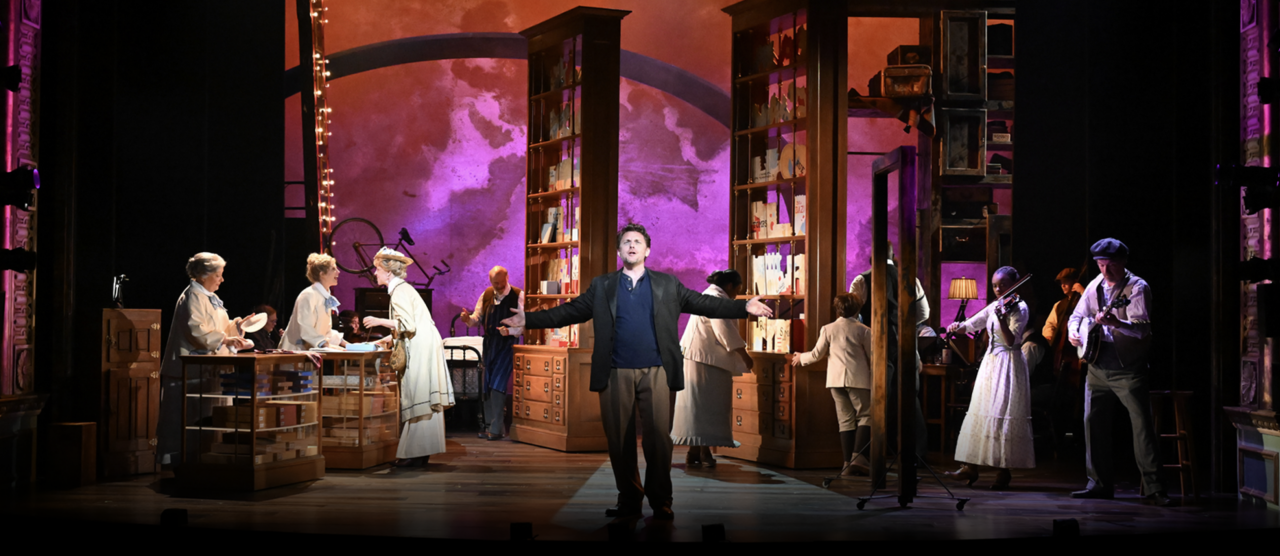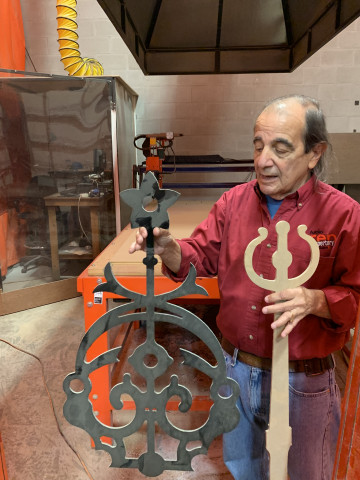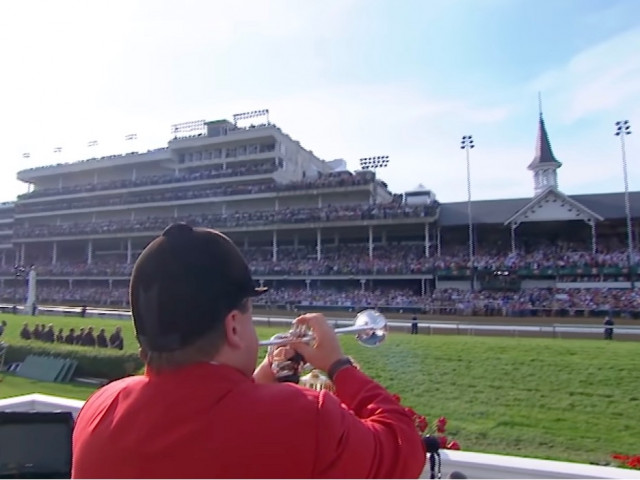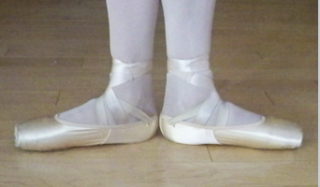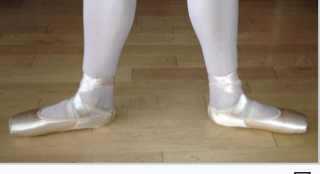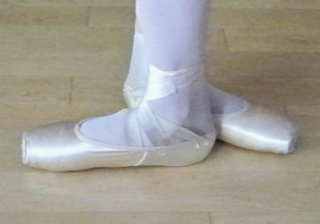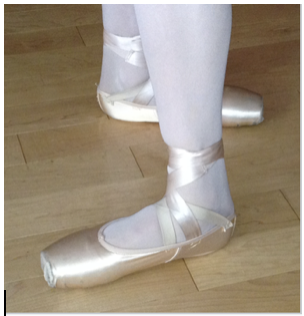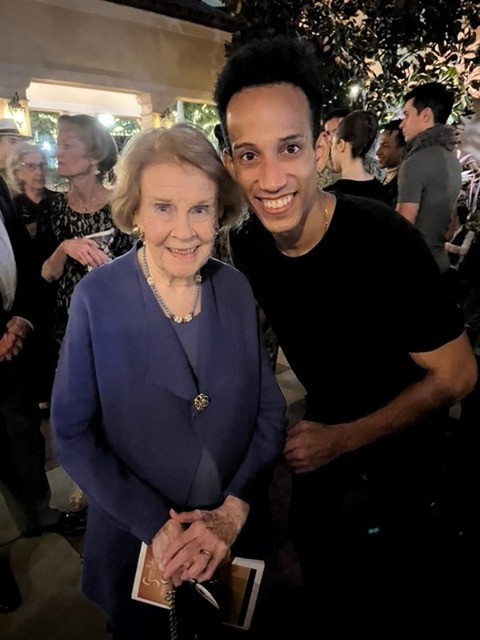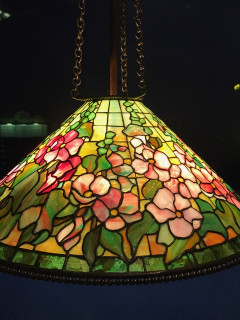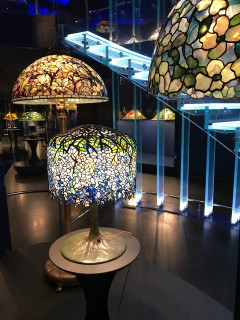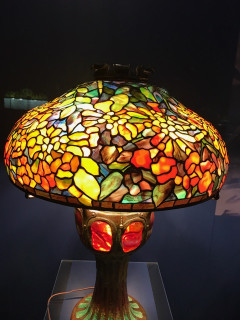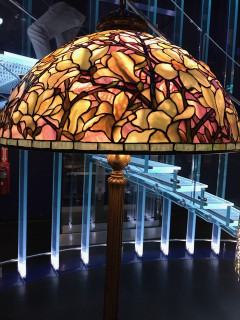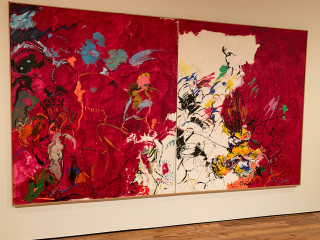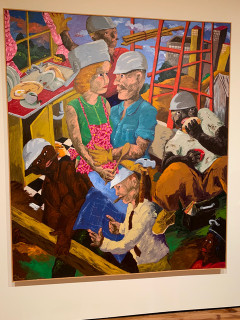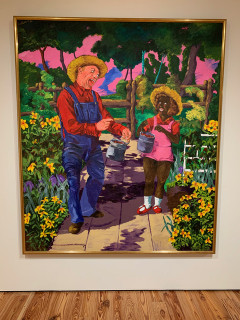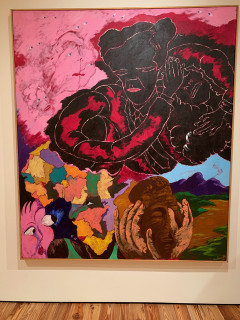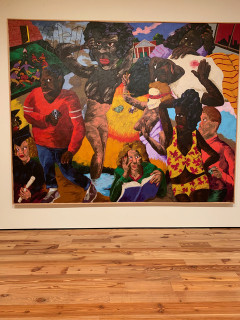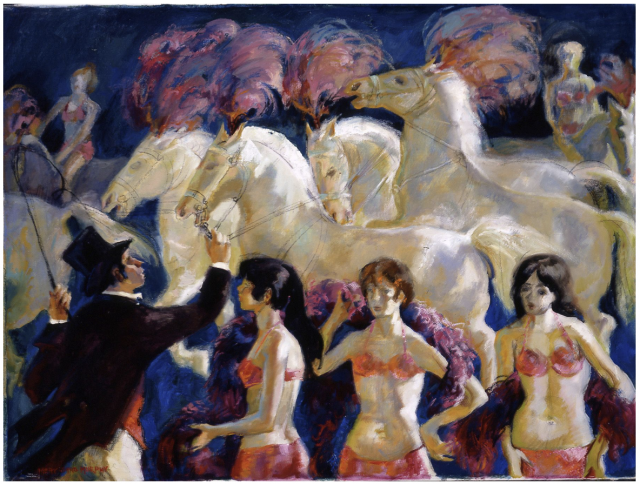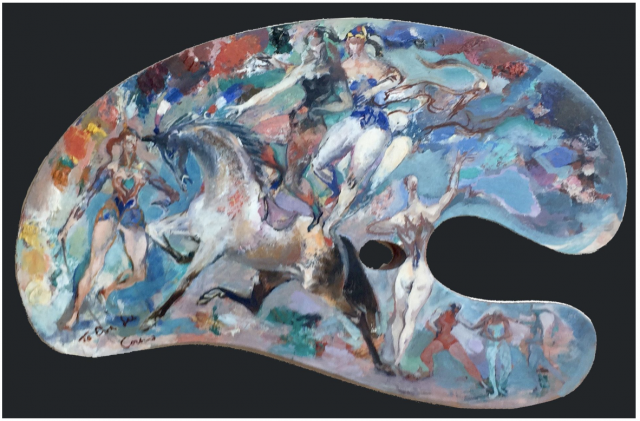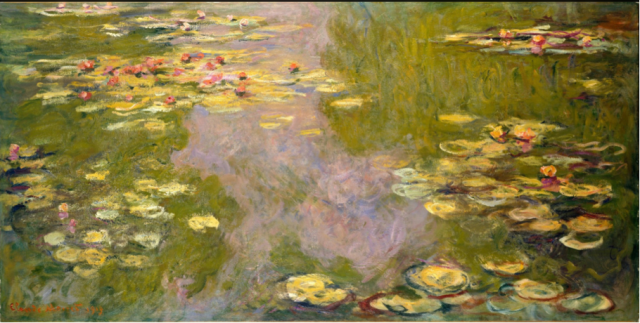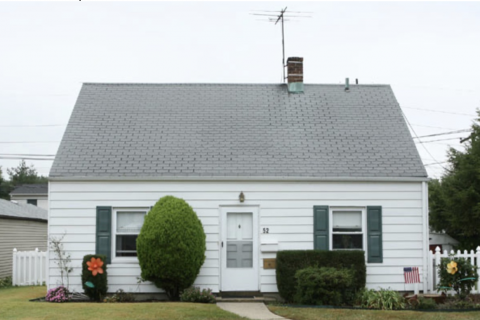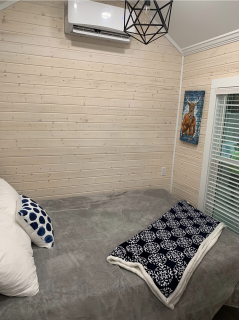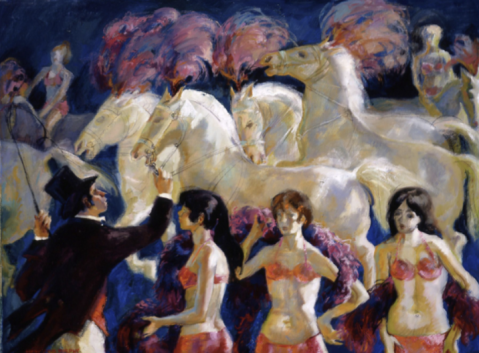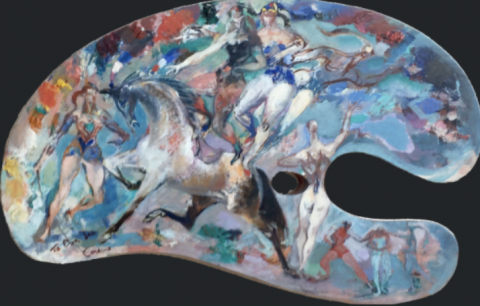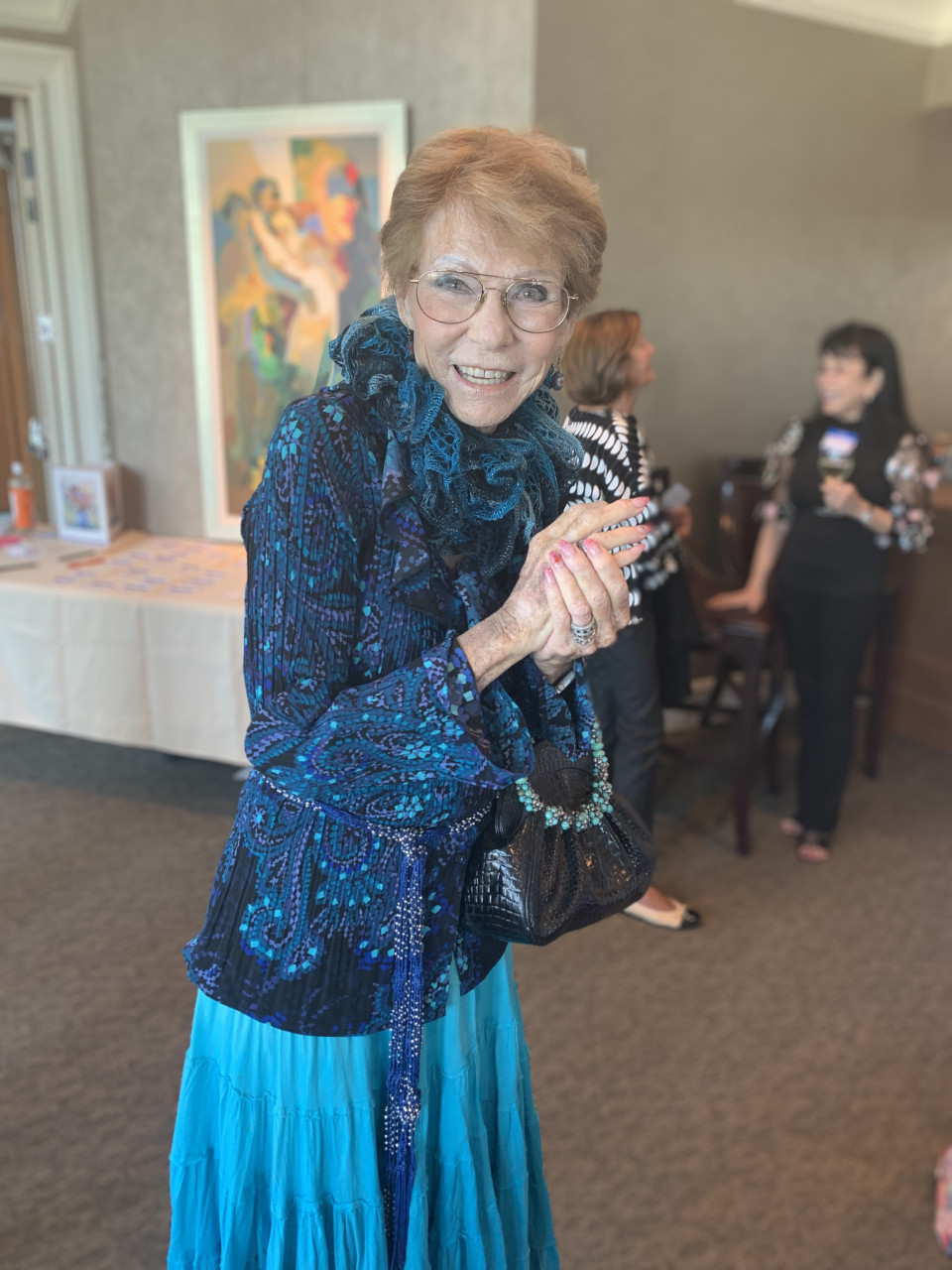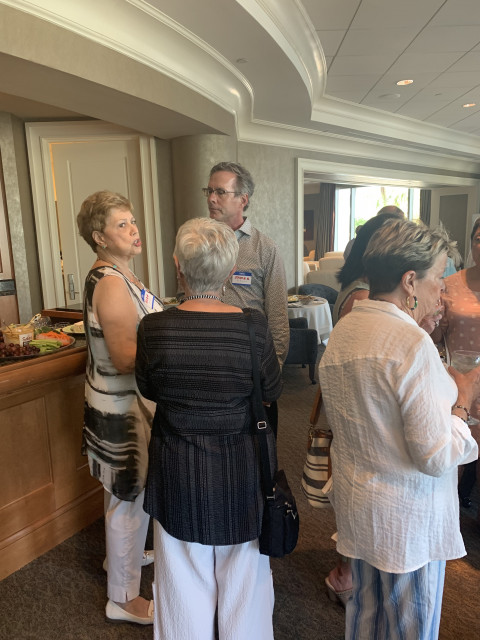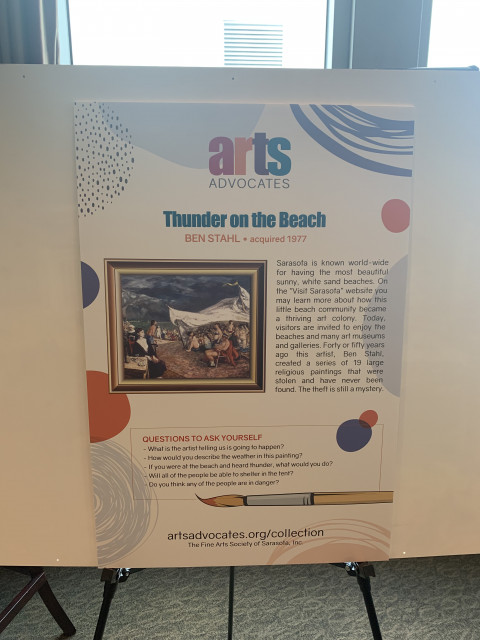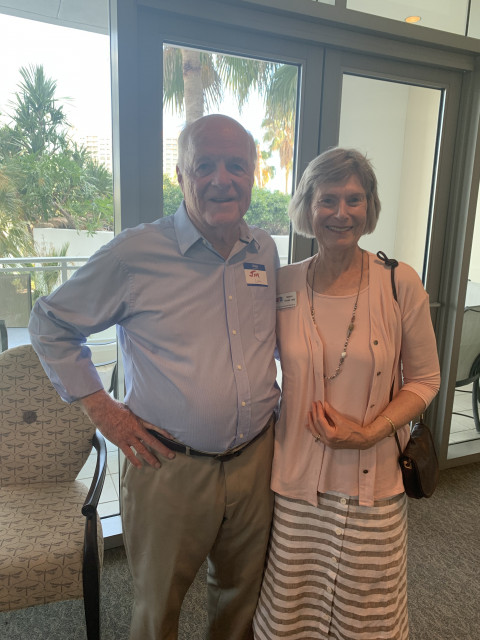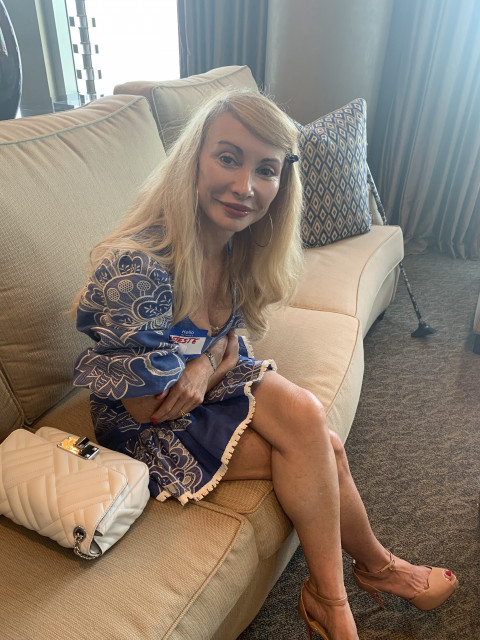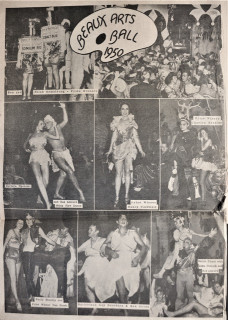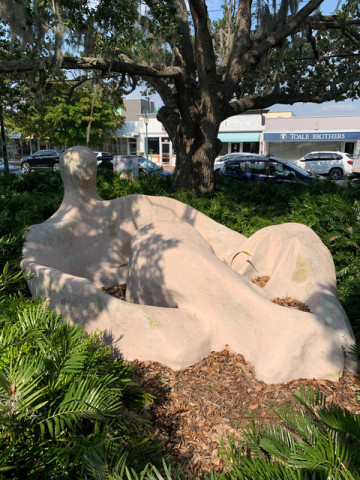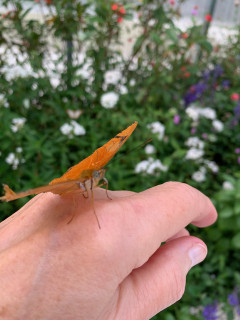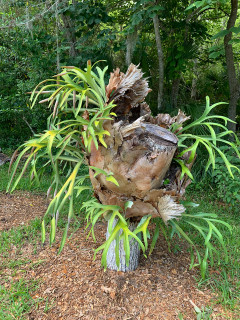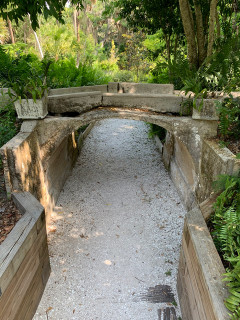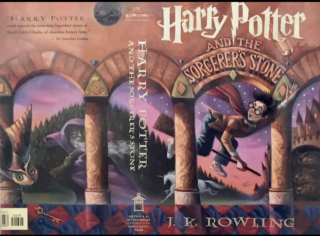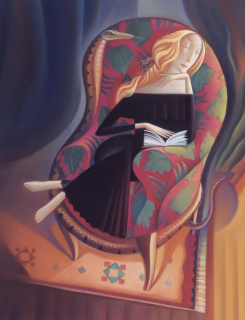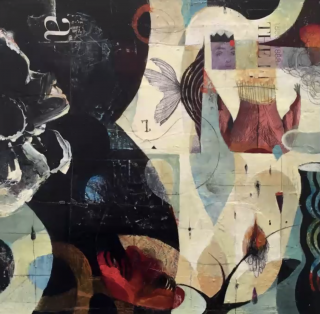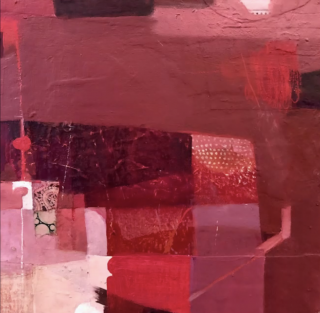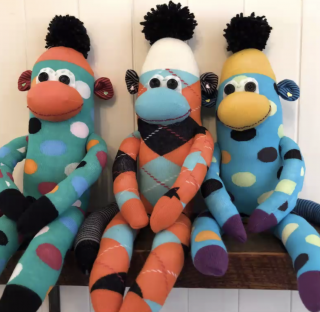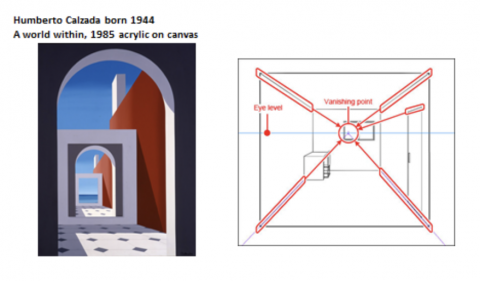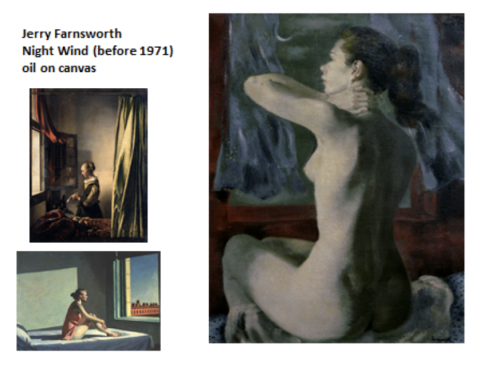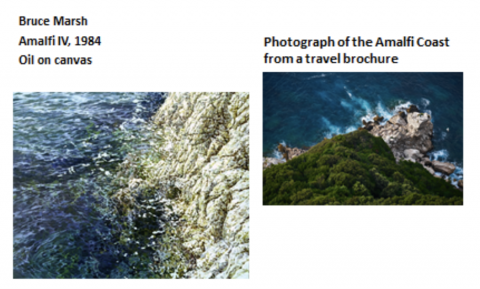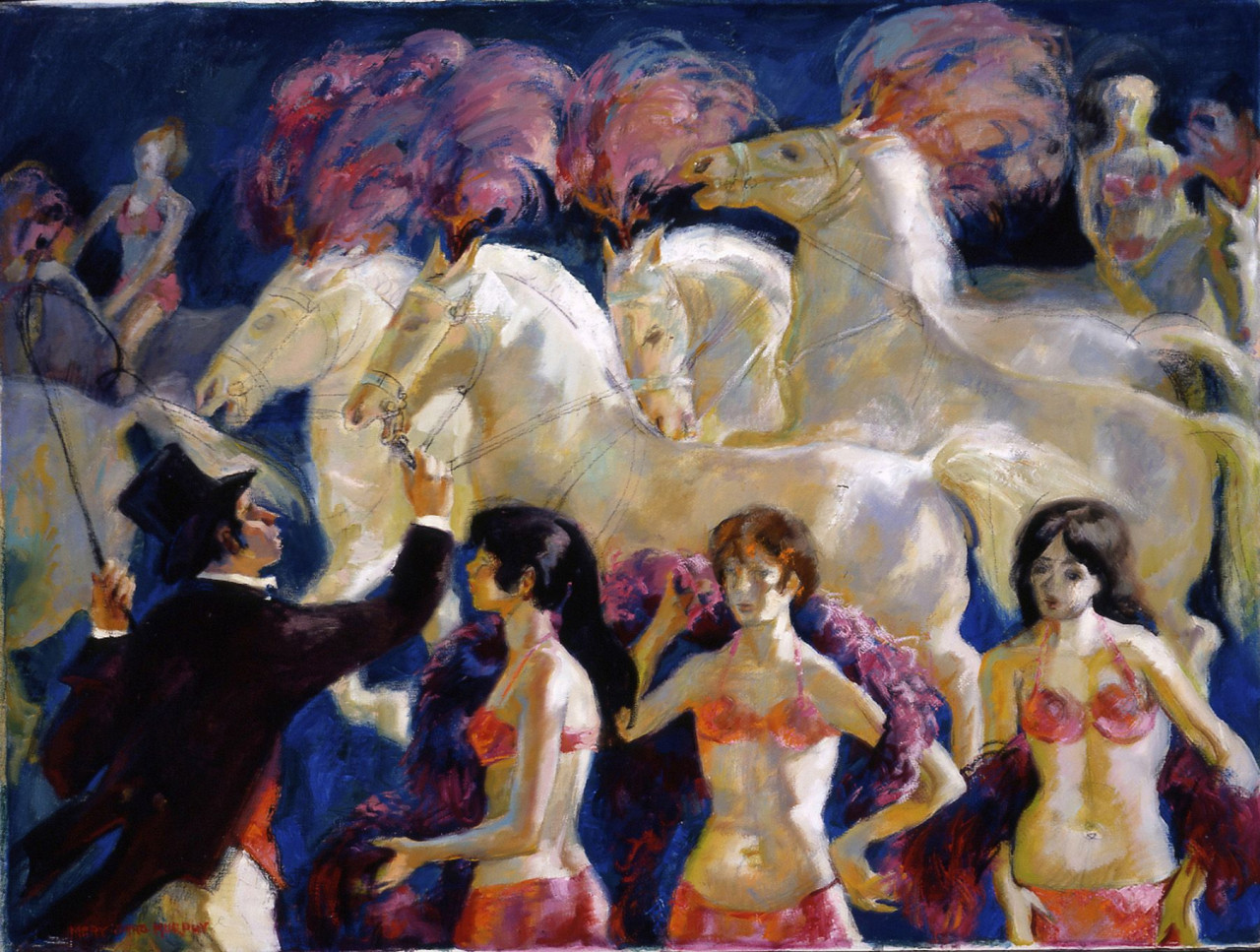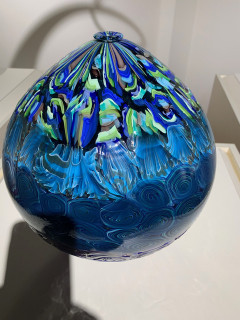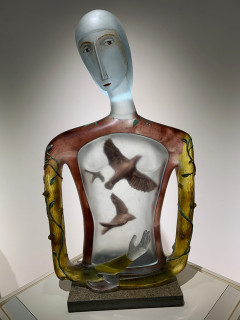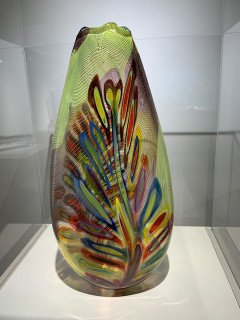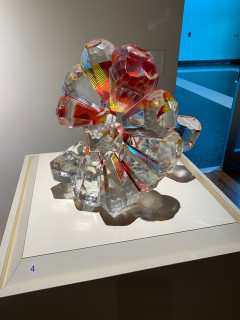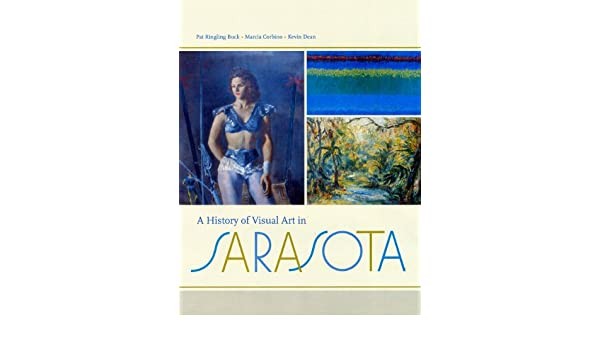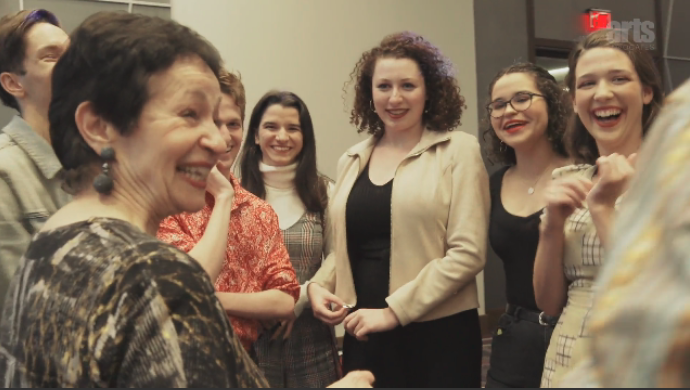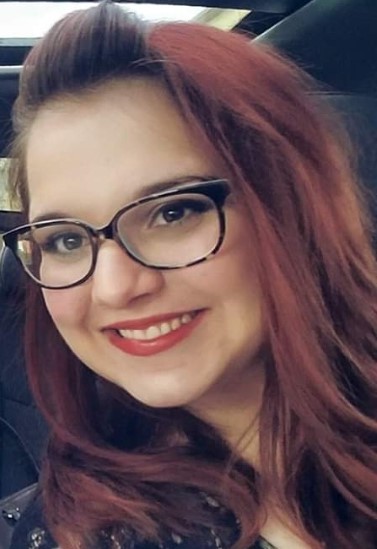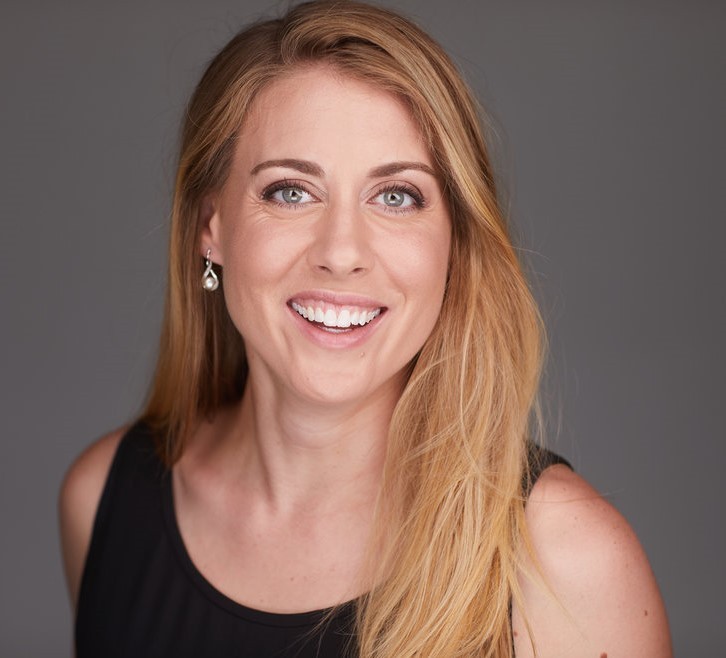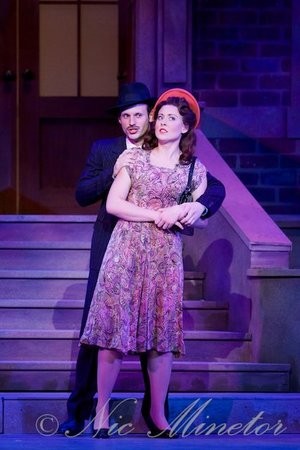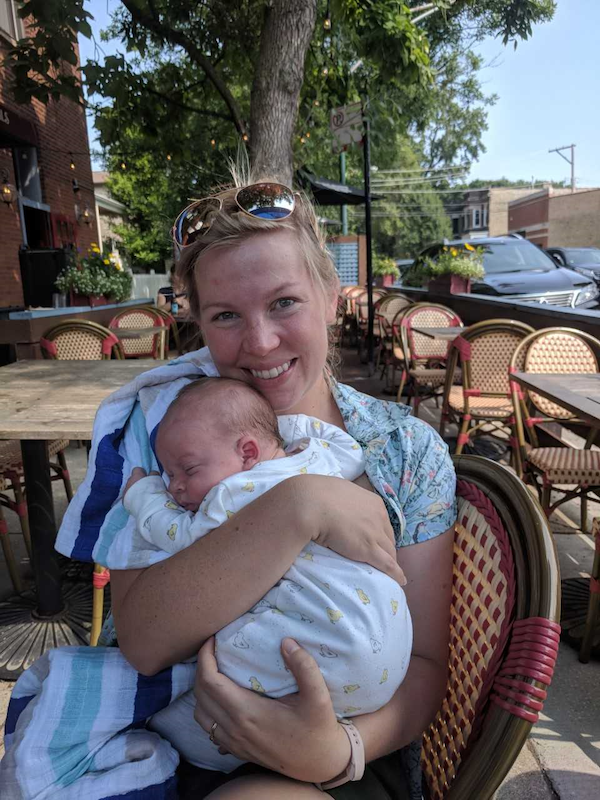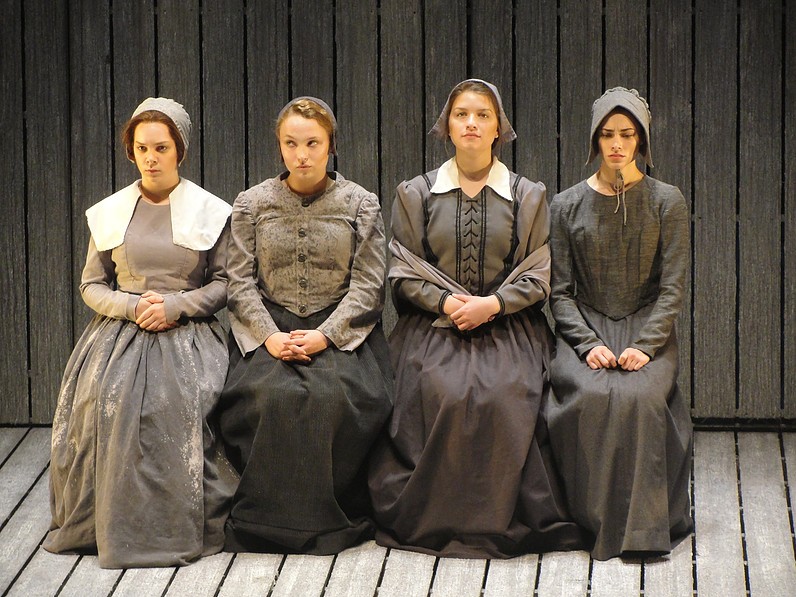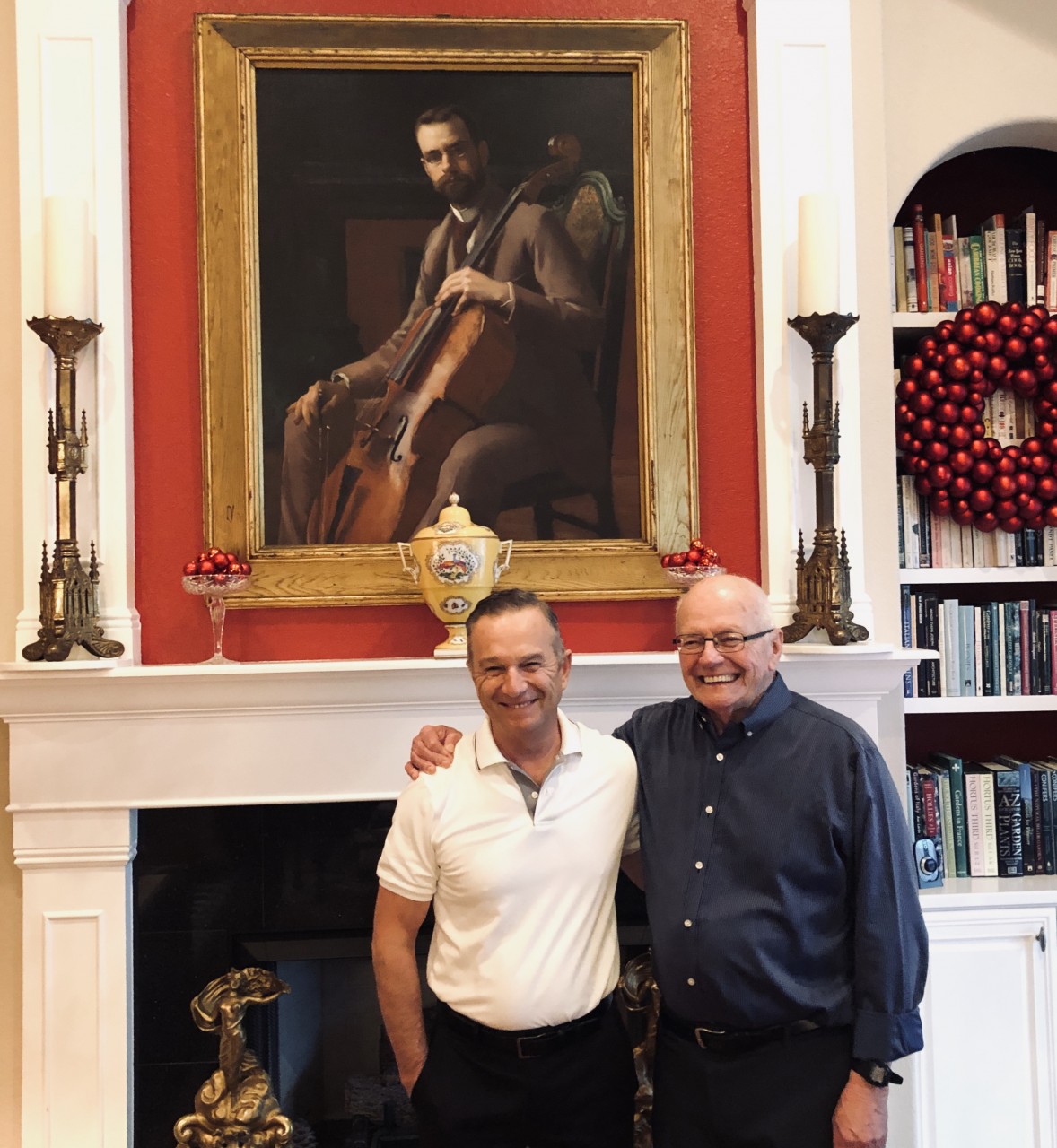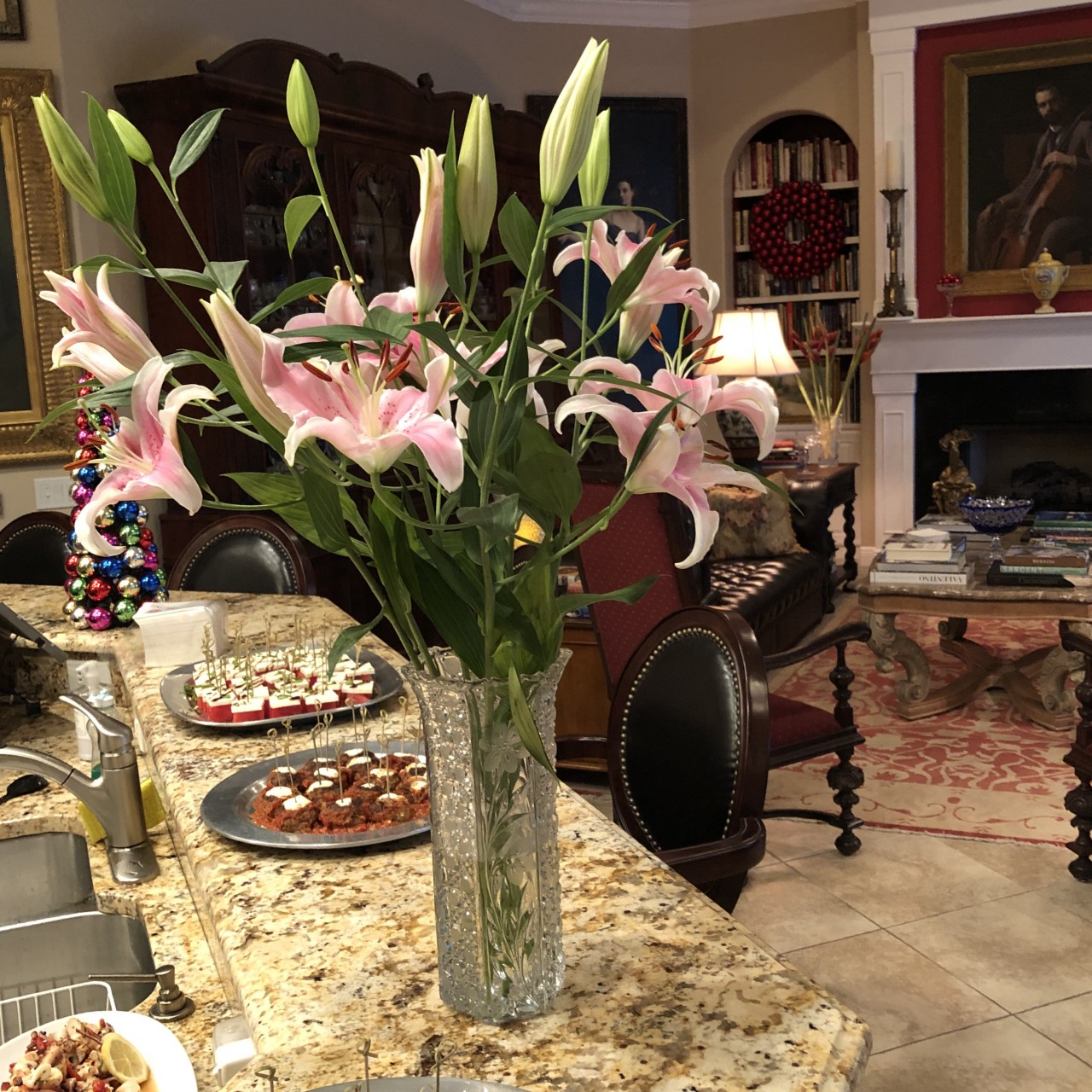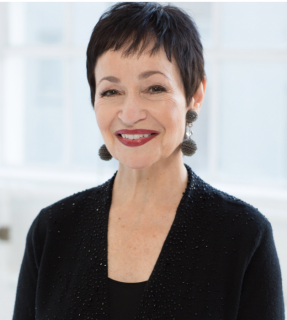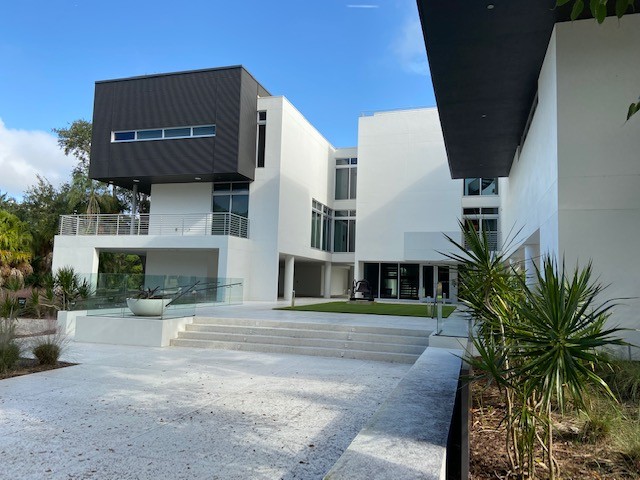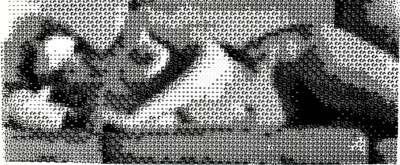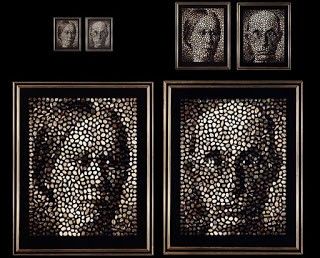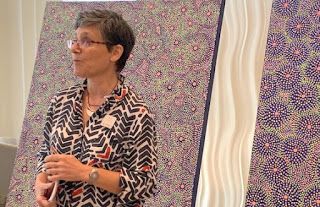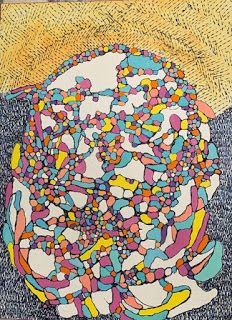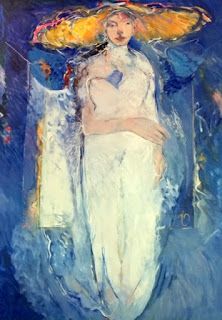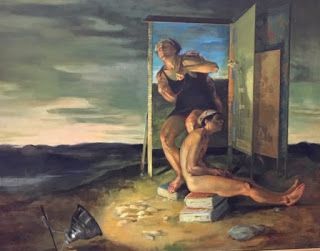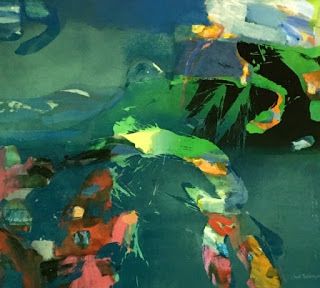When I began researching this month's past scholar, ceramicist Matt Kearney, I was pleasantly surprised to see recognition of our Fine Arts Society of Sarasota scholarship on the 'About Me' page of Matt's Upriver Ceramics website. And when Matt sent me a photo from our 2004 awards ceremony that still hangs on the wall of his Bonita Springs art studio, it was clear that this is an artist who does not forget those that have supported him on his artistic journey. "The Fine Arts Society was one of the earliest groups that recognized me as an artist and that photo I display in my studio is of me and the scholarship committee chair Nancy Stukenberg. I received so much good feedback and positive affirmations about my work that day and those comments validated my decision to pursue a career in the arts," notes Matt, adding "The financial support was very valuable as I attended a private university where tuition and expenses were significantly higher than attending a state school. Your early support and confidence in my talent were very important to me and I am happy to show The Fine Arts Society of Sarasota my appreciation on my website."
Matt was born and raised in Sarasota and was a two-time Fine Arts Society scholar. He graduated from Booker High School in 2004 and then earned his Bachelor of Arts degree from Stetson University in DeLand, FL where he studied marketing and fine arts.
Matt had always been artistic growing up but his interest in ceramics didn't really take hold until high school when a family from South Korea moved into his neighborhood. When visiting the home of his new Booker High School classmates, Matt was amazed at the ceramics studio in their home. Their father was master potter Ki Woon Huh and upon seeing the artist's ceramic works, Matt says "I was blown away.I began studying one-on-one with Ki Woon Huh and he opened my eyes to the world of possibilities and creativity that could be applied to three-dimensional art through ceramics. I always knew I wanted to be an artist and ceramics enabled me to develop my own style and stand out. Although he didn't speak much English, we managed to communicate. Ki Woon Huh was my mentor and I owe him a debt of gratitude. We keep in touch and he is still a working artist at his studio in Sarasota."
Fast forward to graduating from college when the economic recession hit and the time was not right to pursue a career as a professional artist. Matt started his own business in electronics and other work to pay the bills and those experiences have helped him learn the entrepreneurial side of business. During this time, he continued to look for studio space and found it in an unlikely place. A standup paddle board excursion led him to Riverside Park in historic downtown Bonita Springs. There he discovered a collection of small fishing cottages alongside the Imperial River. The city was accepting applications from artists and supplementing the studio rents with an art-in-public-places fund. Matt applied and was accepted and has use of an affordable private 300 square foot cottage for his studio and gallery. Other artists in the village include three oil painters, pine needle weaver and basket makers and a seashell artist. Since the cottages are located within the park, the kayak rental cottage and public events help attract people to visit the art studios.
Matt's marketing and business experience are apparent in his robust website, online newsletters, Etsy shop and social media postings on Instagram and Facebook."It takes a lot of time and discipline to maintain an internet presence, but online sales are very important as visitors to the studio in the summer months are less frequent. Additionally, a gallery in Cape Coral sells some of my small and medium pieces," says Matt. He also does pottery wheel demonstrations, accepts commission work and teaches ceramics to kids and adults in group classes and private instruction.
A significant artistic achievement was reached this past February when Matt was a selected from a field of 900 applicants to participate in the ArtFest Fort Myers juried show. He notes, "I had been a volunteer helping out at ArtFest for 7 years before applying. I had seen the success and great sales for participating artists and I was truly honored for the opportunity to exhibit my work there."
Matt welcomes our Arts Advocates members to visit him at his studio, but it's best to call or email in advance to schedule a day and time. His wide variety of works range from $8 for wheel-thrown miniature pots up to $3,500 for sculptural pieces. To view Matt's websites, click the following links:

